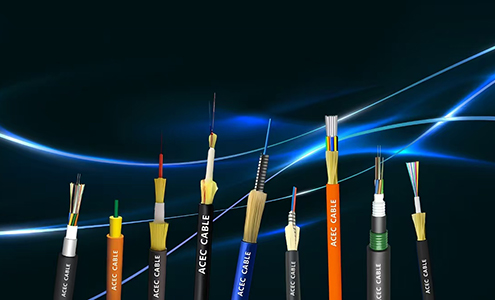UNLOCKING THE NEW POTENTIAL OF AI AND HPC: AYAR LABS’ TECHNOLOGY
High performance computing and artificial intelligence have become key strategic technologies for innovation in fields such as science, medicine, business, and defense. However, the growth of HPC and AI systems is increasingly constrained by interconnect bottlenecks, power limitations, and costs. Electrical I/O technologies such as copper wires and pluggable optical modules cannot provide the required bandwidth density, energy efficiency, latency, and scalability for future systems. Ayar Labs has developed a groundbreaking solution for this issue: TeraPHY optical I/O technology. TeraPHY integrates electronic and optoelectronic devices on silicon chips, which can be integrated into standard chip packages. In addition, with Ayar’s SuperNova multi wavelength light source, TeraPHY can achieve direct optical connection between chips, providing high bandwidth, ultra-low latency, and power efficiency that electrical I/O cannot match.
Overview of TeraPHY Optical I/O Technology
Ayar Labs’ TeraPHY optical I/O chip uses proprietary single-chip manufacturing processes to integrate electronic and optoelectronic devices on CMOS compatible silicon substrates. This enables high-density integration of high-speed optical I/O ports next to electronic chips within standard chip packages.
The TeraPHY chip works together with Ayar’s SuperNova multi wavelength laser source, which can be remotely placed and coupled to the chip package through fiber optic cables. This provides a complete optical I/O solution: SuperNova generates light of multiple wavelengths, while TeraPHY modulates and receives the light to transmit and receive data.
The key features and advantages of TeraPHY I/O solution include:
Extreme bandwidth density: Each chip can achieve a bandwidth of 2 Tbps, or 200 Gbps per chip edge, which is 1000 times higher than electrical I/O;
·Ultra low latency: 5 ns per chip, 10 times faster than electrical I/O, achieving real-time processing;
·High energy efficiency:< 5 pJ/bit, 10 times more efficient than electrical I/O, can reduce power consumption and cooling costs;
·Flexible transmission distance: from chips to racks, millimeters to kilometers;
·High reliability: compliant with GR-468 standard, resistant to noise EMI、 Voltage fluctuations have anti-interference properties.
TeraPHY and SuperNova provide the capacity, speed, efficiency, and robustness required for next-generation HPC and AI systems to overcome interconnect bottlenecks.
Innovate HPC and AI systems
The extremely high bandwidth density and low latency of Ayar optical I/O technology can achieve a revolutionary leap in HPC and AI application performance:
·Train complex AI models (such as GPT-3) in hours instead of weeks;
·Reduce HPC workload time by 10 times or more;
·Implement real-time AI inference for critical applications;
·Horizontally expand AI and HPC systems to increase capacity.
Specific use cases that can benefit from TeraPHY optical I/O include:
·Connect GPU/TPU arrays for large-scale parallel AI training and inference;
·Low latency connection to CPU, memory, storage, accelerator, and network;
·Decoupling calculation of rack scale with flexible resource pool;
·Interconnection between HPC, network, and embedded processor chips;
·Next generation wireless, LiDAR, and satellite networks.
The extreme bandwidth capacity of a single TeraPHY chip (2 Tbps) can replace hundreds of electrical I/O or fiber optics. This reduces costs, complexity, and power consumption. By encapsulating the economy, performance, and flexibility of optics through group contracts, Ayar’s solution helps make real-time AI, personalized medicine, smart radio, and other future applications possible and easy to explore.
The key advantage of optical I/O – reliability
Compared to electrical I/O, Ayar Labs’ TeraPHY optical I/O solution has inherent reliability and robustness advantages:
·Protect from electromagnetic interference that can damage electrical signals;
·Lower thermal resistance; Better heat dissipation;
·Resistant to power noise and fluctuations;
·Compliant with GR-468 standard, ensuring the reliability of optoelectronic devices in extreme environments;
·Single chip integration reduces defects compared to assembling discrete components.
By transmitting optical signals instead of electrical signals over copper wires, optical I/O avoids many common fault mechanisms in HPC and network systems. This improves normal operating time, reduces maintenance costs, and extends the lifespan of the system.






